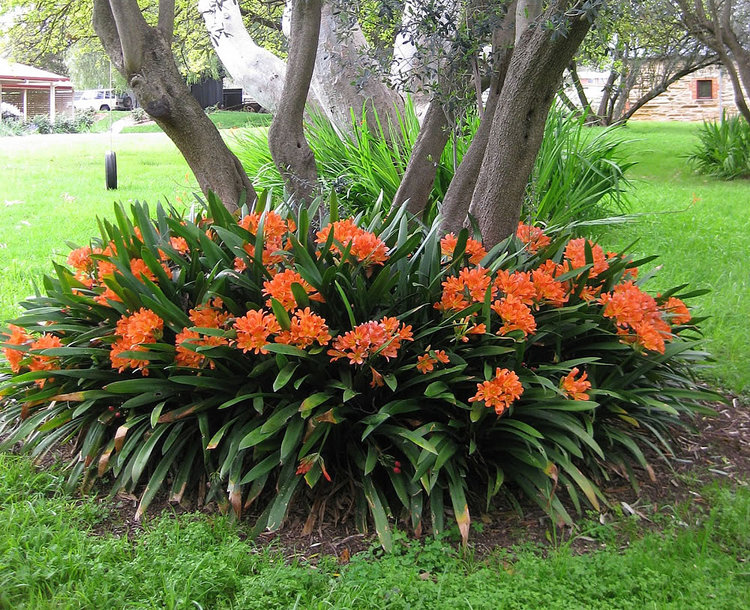
The Sunday Mail

AS winter gives way to spring, so arrives wind to blow away the few remaining leaves off the trees. It is that time of the year when wind speeds pick up and fill our air with dust.
But a good gardener need not fear the change of the seasons because he/she is well prepared. One’s garden is well screened and sheltered from the wind due to the selection of the correct shrubs and trees. Creating a wind breaker for your garden is one of the most important facets of gardening if ever you are going to be able to use it particularly if your garden is exposed on a slope or hill.
When planning your wind break it is important to consider which side of the garden the prevailing winds come from and so plan accordingly. Decide on the height and spread you will require for your wind break. Plan accordingly and then begin digging holes, creating the right spacing between the plants and the fences. The plants must be allowed to spread evenly so make sure they have enough space from the fence so as not to be cramped. They must also be close enough to create that hedge effect.
Dig holes at least 80cm deep and then add compost with a general fertiliser like Compound D (at least 250g per station). A number of shrubs make good wind breakers such as abelia, callistemon, coprosma, cotoneaster, bambusa, dodonaea, escallonia, freylinia, hamelia, hibiscus, ligustrum, melaleuca, nerium, pittosporum, plumbago, ruttya, tecomaria and vitex agnus castus. There is no need to create a boring wind break but rather incorporate a number of plants. A variety filled border or screen will create an interesting garden and give an added component of beauty. Much smaller plants can be planted in front of the screen to add more colour and fun, whilst larger trees can also be part of the design. Plant your bottle brush (callistemon viminalis), trichilia emetica, pordocarpus latifolius, syzygium cordatum, syzygium jambos, pinus patula and cupressus torulosa, just to mention a few.
The advantage of a line of trees is that the greater the height of the trees, the greater the distance protected from the force of the wind. Give your trees some single super phosphate at least 500g at planting time. Ensure that your line of trees is protected by a fire guard and also protect your trees from termites. Remember when planting your wind break, a staggered layout is more effective as opposed to planting a single line of shrubs or trees. This is when you plant a second line of trees in between the gaps left by the first line. You can even add a third line.
Wind breaks are also particularly effective in a farm setup besides your garden. Plant a wind break so that you will not be perturbed by the august season of wind in future. Happy gardening!
- Feedback: [email protected]



